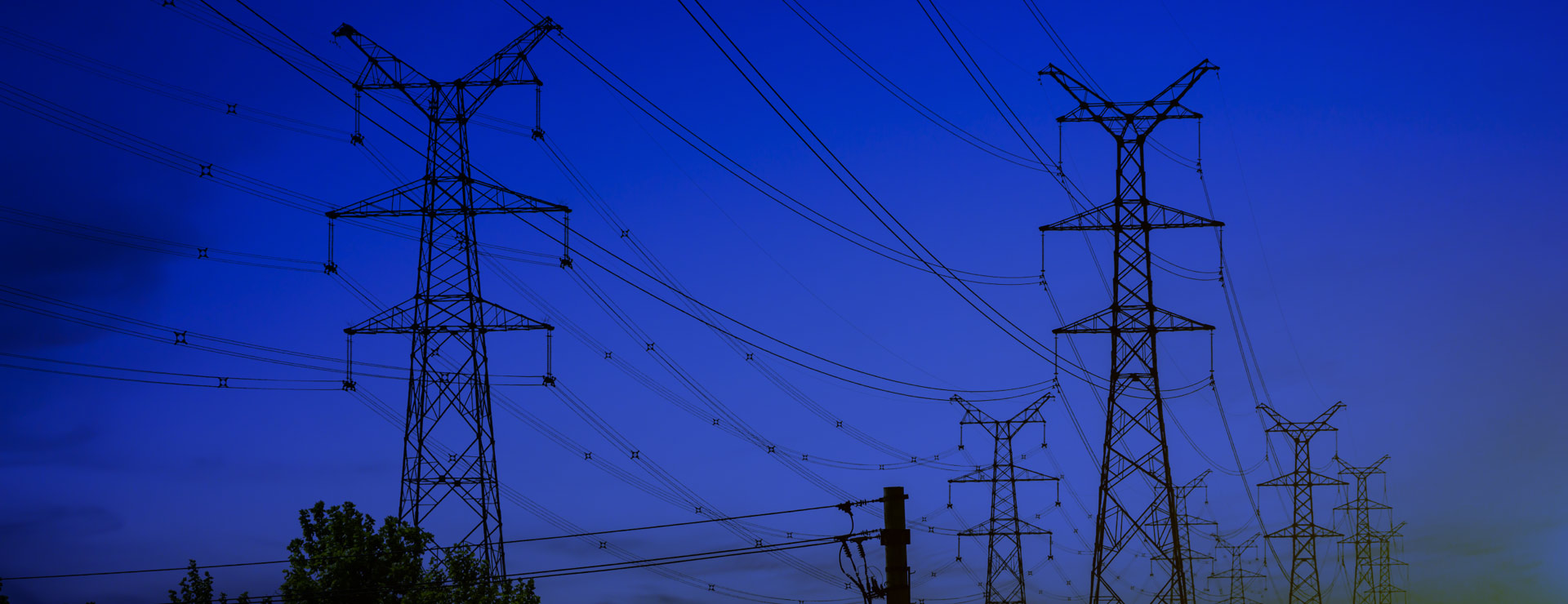
House Resolution 762 from the 112th Congress

The nation needs awareness of community-based civil defense. Please become aware of this House Resolution 762 from the 112th Congress which did not pass. We urge you to push for a desperately needed renewed culture of preparedness in the United States.
https://www.congress.gov/bill/112th-congress/house-resolution/762/text
Introduced in House (08/02/2012)
[Congressional Bills 112th Congress]
[From the U.S. Government Publishing Office]
[H. Res. 762 Introduced in House (IH)]
112th CONGRESS
2d Session
H. RES. 762
Expressing the sense of the House of Representatives regarding
community-based civil defense and power generation.
_______________________________________________________________________
IN THE HOUSE OF REPRESENTATIVES
August 2, 2012
Mr. Bartlett (for himself, Mr. Franks of Arizona, Ms. Clarke of New
York, and Mr. Johnson of Georgia) submitted the following resolution;
which was referred to the Committee on Transportation and
Infrastructure
_______________________________________________________________________
RESOLUTION
Expressing the sense of the House of Representatives regarding
community-based civil defense and power generation.
Whereas the United States has become increasingly more dependent on electronic
delivery systems to power daily needs and provide for the common
defense;
Whereas these systems would be rendered useless or their functions significantly
reduced in the event of a “high impact low-frequency” event such as a
cyber attack, coordinated physical attack on electric grid and
communications assets, or the electromagnetic pulse (EMP) effects of
either a 100-year solar storm or high-altitude nuclear burst;
Whereas the 2010 North American Electric Reliability Corporation (NERC) report,
“High-Impact Low-Frequency Vulnerabilities to the Bulk American Power
System”, discusses the wide range of threats that could disrupt,
damage, or destroy sufficient amounts of the power grids to cause
widespread death and economic disruption;
Whereas the January 2010 Federal Energy Regulatory Commission (FERC) report,
“Electromagnetic Pulse: Effects on the U.S. Power Grid”, provides
detail into the vulnerability of power grids from the electromagnetic
pulse (EMP) effects of extreme space weather and high-altitude nuclear
effects and intentional electromagnetic interference;
Whereas the Congressional EMP Commission reports of 2004 and 2008 outline the
interdependent nature of all critical infrastructure, especially to
power and telecommunications and their vulnerability to the EMP effects
of extreme space weather and high-altitude nuclear bursts;
Whereas the National Defense University hosted a series of workshops and an
energy security exercise in October 2011 with broad participation of
Federal, State, local government, and the private sector highlighting
the need for greater local sustainability in light of a prolonged
nationwide power loss;
Whereas the Hoover-Brookings joint report on distributed power shows that the
value of local power generation for security applications is either cost
competitive or approaching competitiveness as new innovations come to
market;
Whereas, on March 30, 2012, the United States Department of Homeland Security
published the “National Preparedness Report” (Report) seeking to
create “an all-of-nation” approach to preparedness;
Whereas the Federal Emergency Management Agency (FEMA) was assigned as the
National Preparedness Report Coordinator, “Efforts to improve national
preparedness have incorporated the whole community, which includes
individuals, communities, the private and nonprofit sectors, faith-based
organizations, and Federal, State, local, tribal, and territorial
governments.”;
Whereas the “National Preparedness Report” focuses on a catastrophic planning
framework known as “Maximums of Maximums”, which centers on
collaborative, whole community planning for worst-case scenarios that
exceed government capabilities and therefore focus on more local and
individual efforts for survival and recovery;
Whereas these high-impact, low-frequency events would cause regional or
nationwide collapse of critical infrastructure that could last months or
longer, it is incumbent on the Federal Government to reassess its
civilian civil defense strategies to include local governments and
individual citizens; and
Whereas it is in the interest of national security and local community viability
that every community and institution begin to reestablish its ability to
generate at least 20 percent of its own power for its critical
infrastructure and services in order to provide its citizens with food
and water: Now, therefore, be it
Resolved, That the House of Representatives–
(1) encourages every community to develop its own “civil
defense program” working with citizens, leaders, and
institutions ranging from local fire halls, schools, and faith-
based organizations, to create sustainable local infrastructure
and planning capacity so that it might mitigate high-impact
scenarios and be better prepared to survive and recover from
these worst-case disaster scenarios and be better able to
affordably and sustainably meet the needs of the community in
times of peace and tranquility;
(2) encourages every citizen to develop an individual
emergency plan to prepare for the absence of government
assistance for extended periods;
(3) encourages each local community to foster the
capability of providing at least 20 percent of its own critical
needs such as local power generation, food, and water, while
protecting local infrastructure whenever possible from the
threats that threaten centralized infrastructure, and do so
with the urgency and importance inherent in an all-of-nation
civil defense program developed by citizens and their local
communities; and
(4) encourages State governments and Federal agencies to
support the ability of local communities to become stronger,
self-reliant, and better able to assist neighboring communities
in times of great need.
